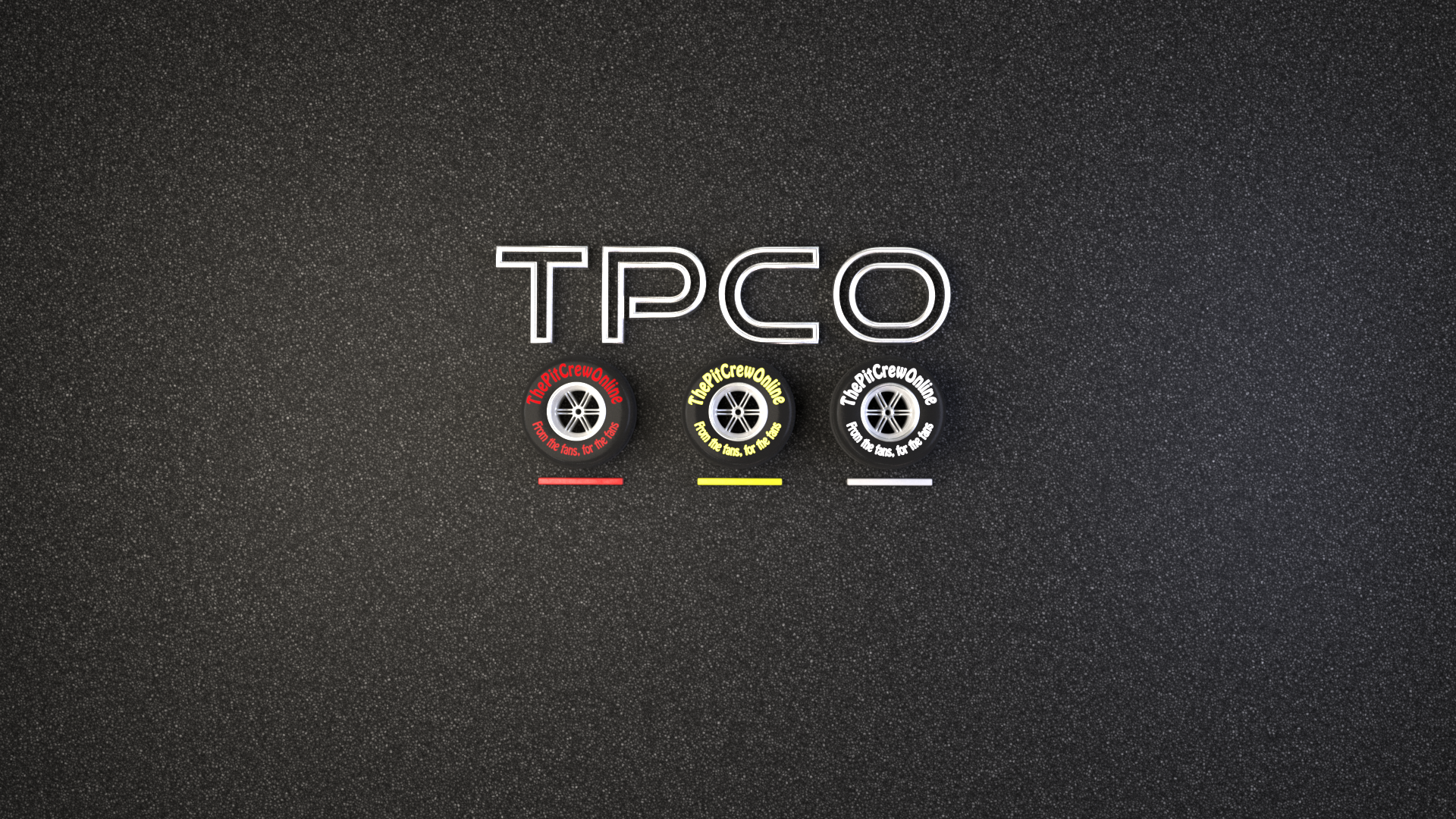
© FOTO STUDIO COLOMBO PER PIRELLI MEDIA (© COPYRIGHT FREE)
Formula 1 may have only recently found its spiritual American home in Texas but don’t be fooled into thinking that this is the only time that grand prix racing has taken on the land of the brave and free. Let’s take a look back at some of the most memorable moments from F1’s past in America.
Our first trip down memory lane sees us in 1983 at Long Beach. This one is a true underdog story and shows that there is nothing greater than pure grit and determination when it comes to racing. The two McLaren cars of Nikki Lauda and John Watson had a day to forget in the qualifying session. They couldn’t quite get the tyres to work thus lining up at the back of the grid. Patrick Tambay managed to steal pole and looked like a favourite for the race win, considering the difficulty of overtaking on a street circuit. The start however didn’t go to plan with Keke Rosberg from the second row spotting a gap between the two front row starting Ferraris. Contact with Arnoux left the Frenchman spinning across the track. Tambay would lead but a costly mistake on lap 26 would see him running wide. This was Rosberg’s chance. The two cars went side by side with Tambay holding his line, then contact! Tambay up onto two wheels and stalling the car in the middle of the track. Laffite took the lead whilst Rosberg collided with the Ligier of Jean-Pierre Jarrier, taking them both out of the running. After going unwatched for most of the race the McLaren pair found themselves in third and fourth (Watson ahead of Lauda). Patrese ended up down the escape road leaving Watson to chase down Laffite for the lead. Lap 45 Watson would pass Laffite for the lead without even realising he had done so. A short while later and Lauda joined him to take McLaren’s first 1-2 finish in fifteen years. A truly outstanding effort.
Now it’s time to talk about “that grand prix.” Yes you guessed it. Indianapolis 2005. A favourite circuit amongst pretty much every racing driver out there. High speeds, with a challenging infield section. What could possibly go wrong? The weekend is the one for me that ended the tyre war between Bridgestone and Michelin. A strange construction problem with the Michelin tyres meant that they would become unstable after about 10 laps as Ralf Schumacher found out during practice, resulting in a terrible accident. This wasn’t helped by the rules at the time which stated cars were only allowed to use one set of tyres during the race. The idea of a chicane before the final banking was thought up to reduce speeds, thus increasing the stability of the tyres. The FIA however believed that this would cause more problems than it would fix. So the track was left unchanged. Jarno Trulli claimed Toyota’s first pole position, but along with the other 13 Michelin shod cars he wouldn’t even take to the start. The Michelin cars all pulled into the pits at the end of the formation lap. Effectively retiring from the race rather than pulling out of the event which would lead to penalties and punishment. That left just the six cars of Ferrari, Jordan and Minardi. An easy victory resulted for Michael Schumacher who strengthened his position in the championship due to none of the drivers who were above him before the race, actually taking part. Michelin and the tyre war stayed only for another year before Bridgestone took on a sole supplier role within F1.
As I mentioned earlier Formula 1 has now found its spiritual home in America. Since 2012 COTA (Circuit of the Americas) has played to host to the circus of speed. Its unique blend of long straights, tight technical sections and incredible elevation changes have helped to
create some of the best racing in the modern era. Borrowing ideas and principles from other classic circuits, COTA has found its place in the heart of fans and drivers alike. Moments like Hamilton chasing Vettel most of the way round in the inaugural race or the extremely wet weather of last year, which caused chaos and excitement. It also meant that Lewis Hamilton would claim his third drivers title after passing team mate and championship rival Nico Rosberg in the closing stages. I am certainly looking forward to whatever this weekend’s race has to throw up at us. Expect thrills and spills on the roller-coaster that is COTA.
(Image Courtesy of Pirelli F1 Media)
Mitch Oakley









